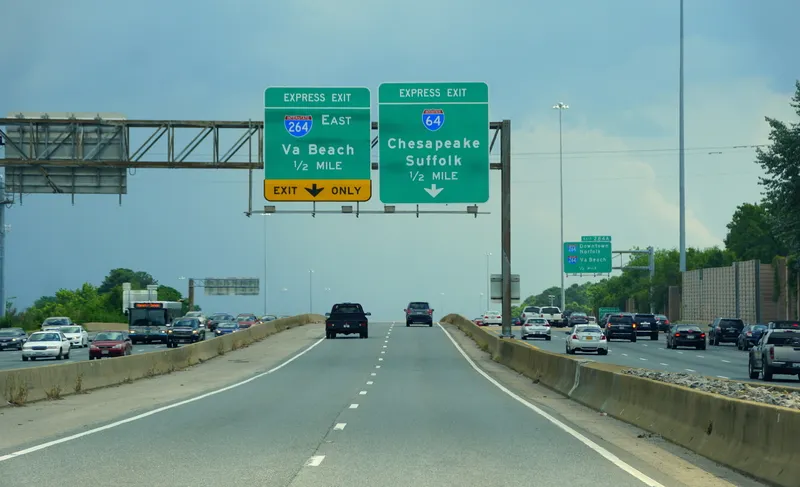Drivers using the 495 Express Lanes high occupancy toll road in north Virginia will benefit from the announcement that the speed limit is to be increased 65 miles per hour. The speed increase follows extensive safety studies and will help drivers save even more time when travelling on the Capital Beltway. The speed limit on the mainline Beltway lanes will remain at 55 mph. The 495 Express Lanes operate 24 hours a day, seven days a week. Dynamic pricing based on real-time traffic conditions manages the de
June 25, 2013
Read time: 2 mins
Drivers using the 495 Express Lanes high occupancy toll road in north Virginia will benefit from the announcement that the speed limit is to be increased 65 miles per hour. The speed increase follows extensive safety studies and will help drivers save even more time when travelling on the Capital Beltway. The speed limit on the mainline Beltway lanes will remain at 55 mph.
The 495 Express Lanes operate 24 hours a day, seven days a week. Dynamic pricing based on real-time traffic conditions manages the demand for the lanes, keeping the Express Lanes moving.
“Since opening late last year, the 495 Express Lanes have provided drivers with a predictable travel option and with significant time savings,” said Michael Whelan, vice president of Operations for toll operator600 Transurban. “The speed limit increase makes a great travel option better by providing an even faster option to drivers in Northern Virginia. Drivers, buses and carpoolers will get an even more predictable trip and getting to popular destinations will be easier than ever before.”
The 495 Express Lanes operate 24 hours a day, seven days a week. Dynamic pricing based on real-time traffic conditions manages the demand for the lanes, keeping the Express Lanes moving.
“Since opening late last year, the 495 Express Lanes have provided drivers with a predictable travel option and with significant time savings,” said Michael Whelan, vice president of Operations for toll operator










